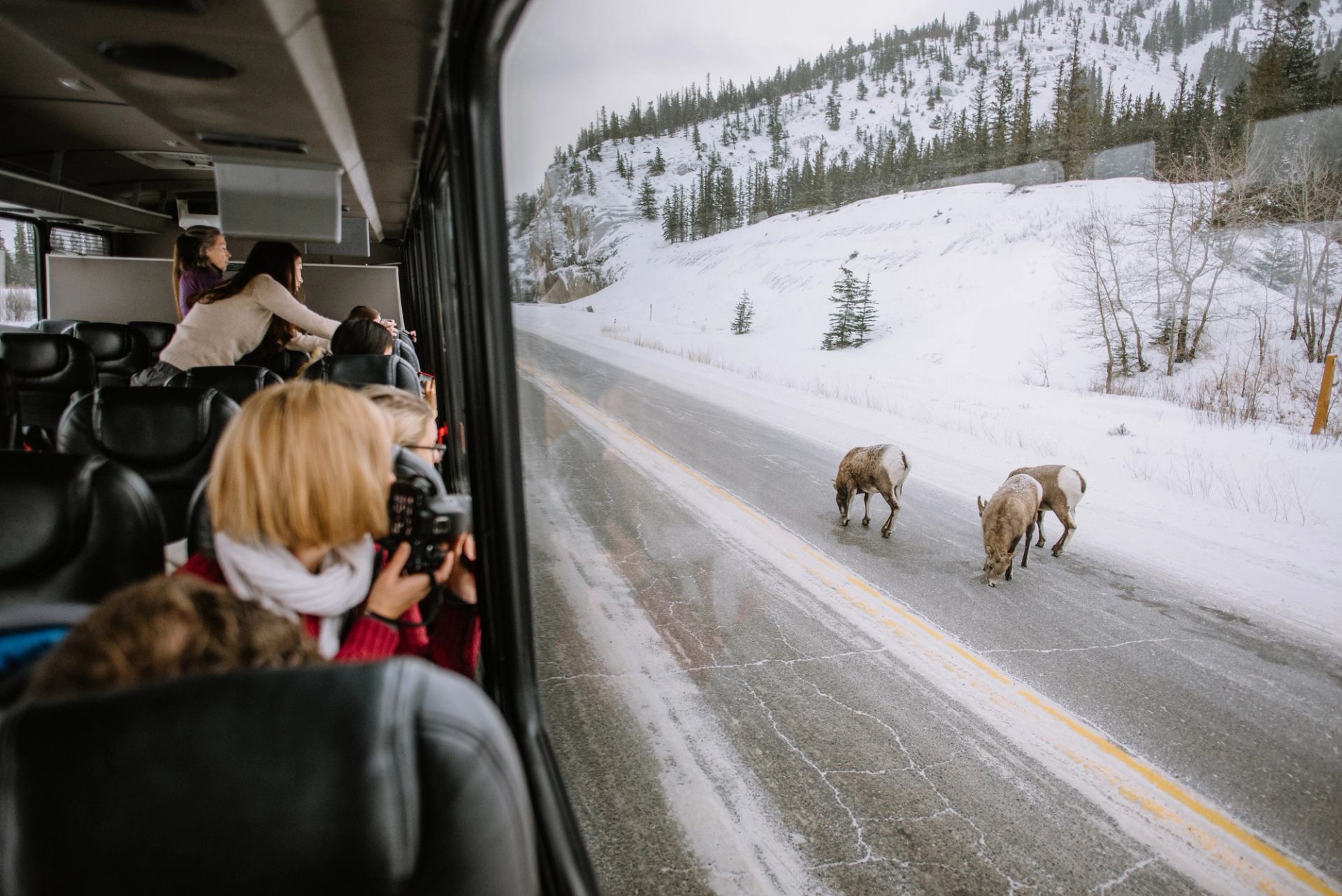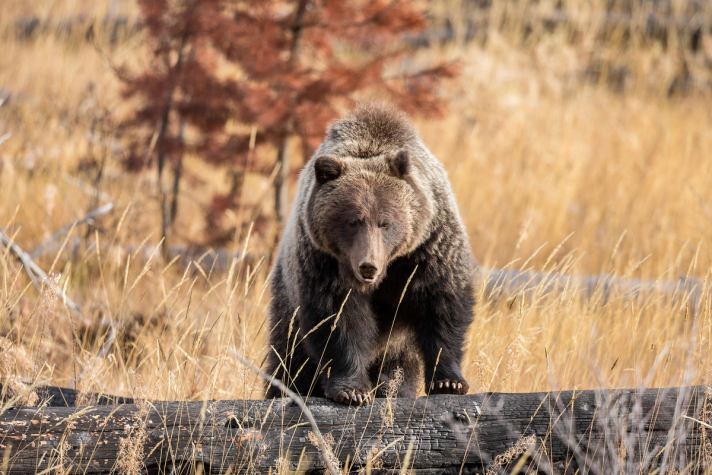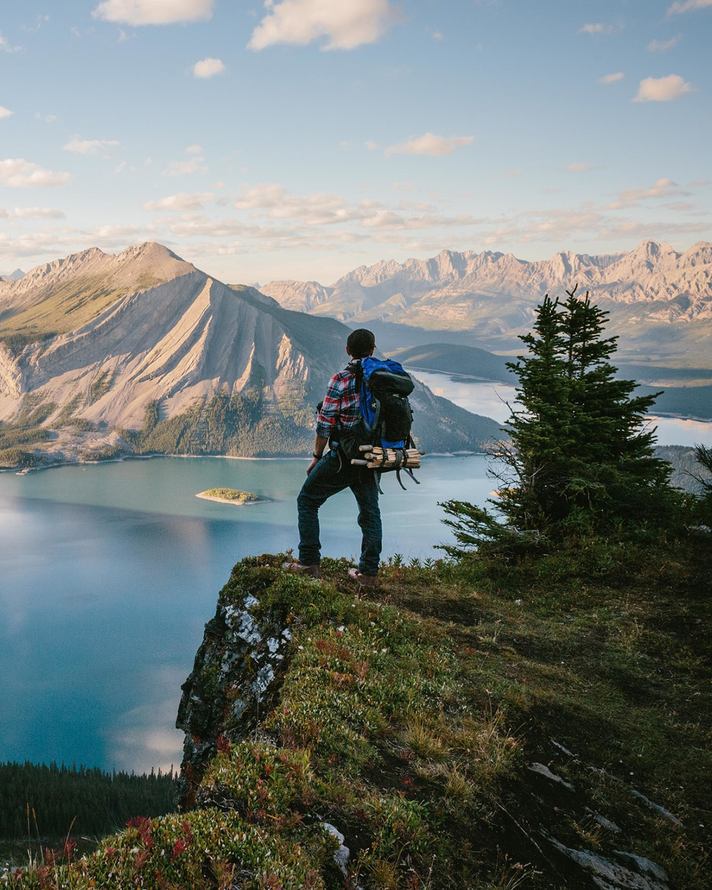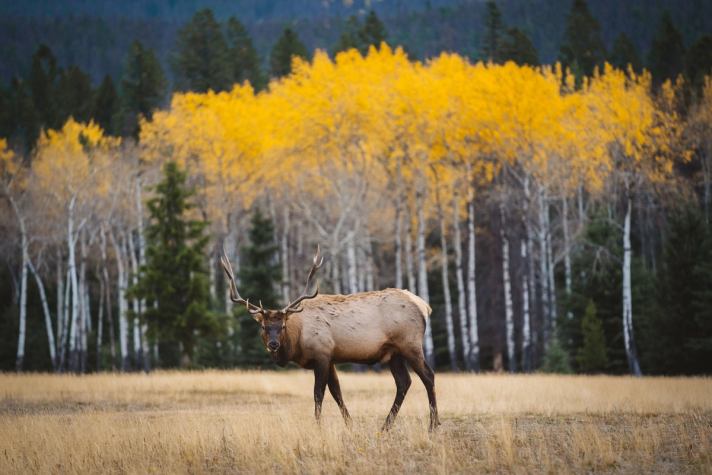Canadian Icons
Keep your camera at the ready, because Alberta's picturesque landscapes are ripe with opportunities for wildlife sightings. From the larger-than-life grizzly bear to elusive lynx and the humble beaver, our national and provincial park systems protect nearly 600 species of animals.
Lie in wait for rarer breeds like the bobcat, or watch for marmots enjoying the sun on a hot day. Alberta is also home to healthy populations of elk, moose and deer. Golden eagles, whooping cranes, snowy owls and more will capture the attention of bird enthusiasts too. venture further afield and you might even spot a wood bison, swift fox or the exceedingly rare wolverine.


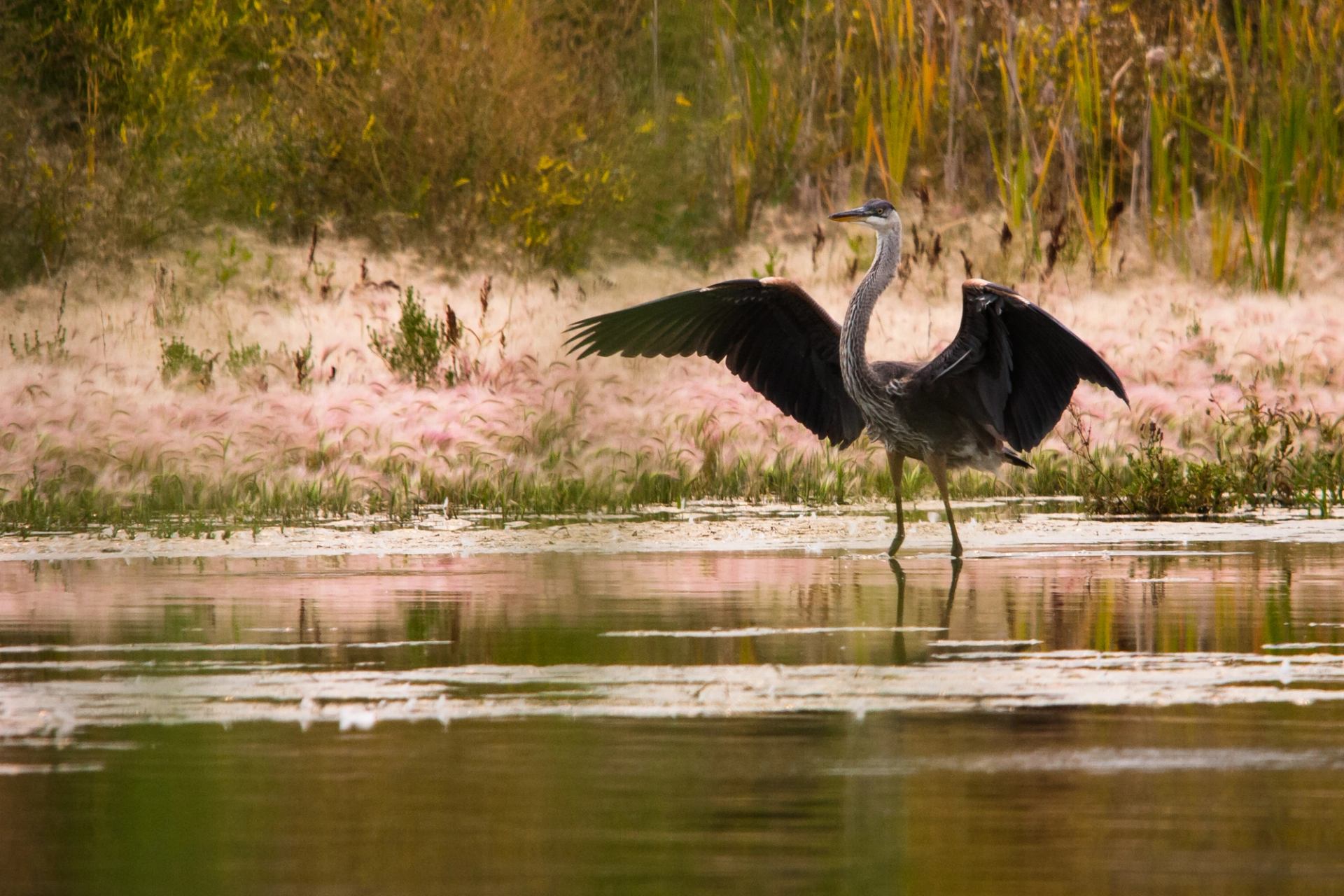

Indigenous-led wildlife experiences
For thousands of years, Indigenous people have and continue to move throughout Alberta’s mountain landscapes. Jasper Tour Company traces the footsteps of those who came before to lead you on unique wildlife viewing journeys. Learn about Jasper’s incredible fauna, capture photos and learn about the Indigenous people who call this place home.
Indigenous-led wildlife viewing with Jasper Tour Company

Wood bison: Canada's largest animal
Wood bison — and their smaller cousins, the plains bison — are weaved deeply into Indigenous and Canadian history, a sacred and integral part of our cultural heritage. These massive creatures play an even bigger role in their environment as a keystone species, changing their ecosystem for the better.

Guided viewing tours
Home to all kinds of wildlife
The mountains might get the spotlight, but Alberta's no one-trick pony when it comes to wildlife. Our wetlands, lakes, rivers, prairies and forests play host to pronghorn, coyotes, grouse, badgers, fox, bull trout, falcons and more.
Explore Alberta's regions
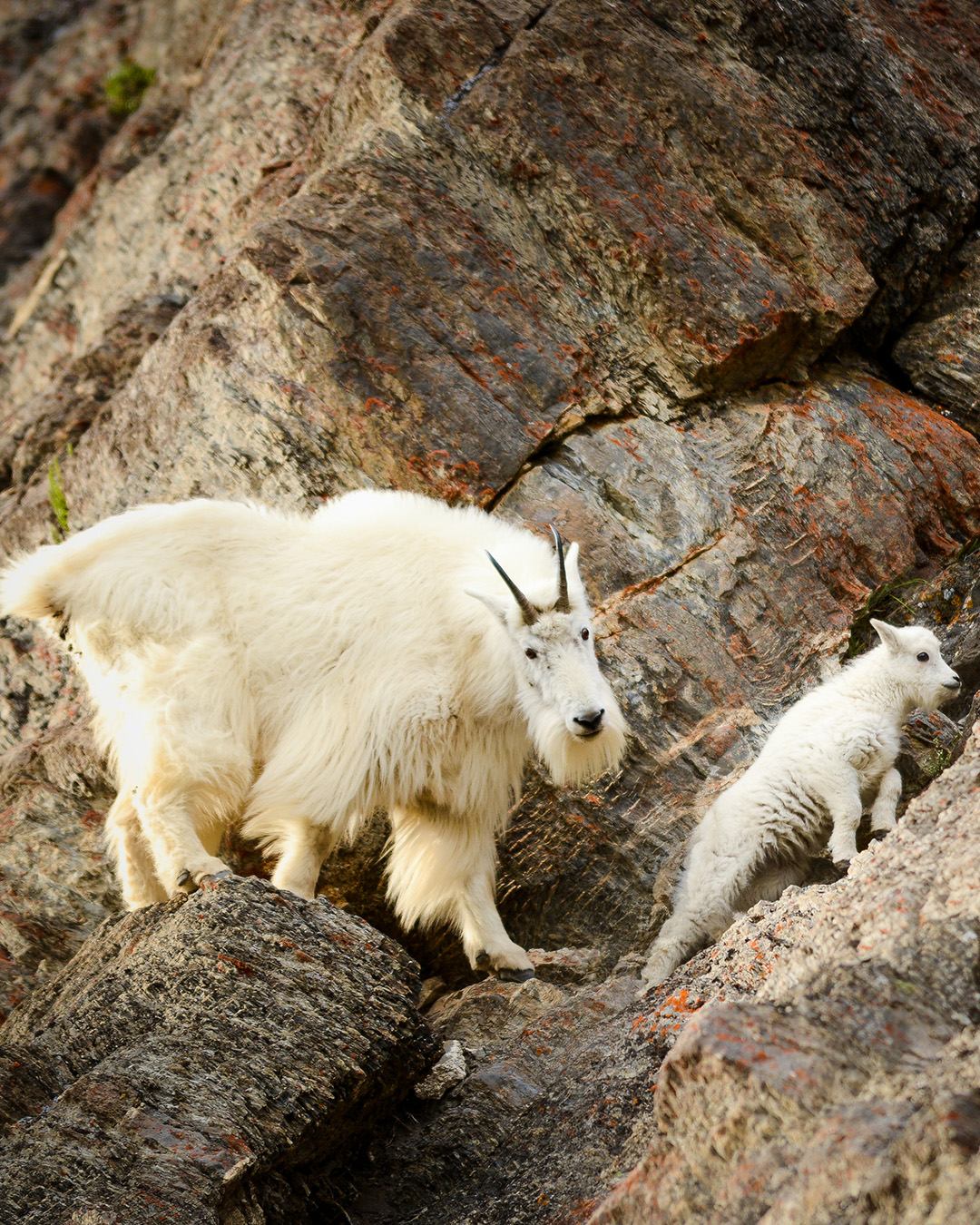
Safe and ethical wildlife viewing makes a better experience for everyone
Safety First
Wild animals can look cute and cuddly, but remember, these animals are wild. Always keep your distance and never attempt to feed or pose with them. Take photos from a car or designated viewing area. Be sensible and you’ll have a great time viewing wildlife.
Respect Wildlife
Don’t crowd animals, and if they are reacting to your presence, you are too close. You should never follow an animal attempting to leave your view. Give them space and respect for the best experience.
Plan ahead and pack the right gear
Often the best wildlife viewing is at dawn or dusk, when the weather can quickly turn cold any time of year. Pack extra layers as well as enough food and water for your adventure. Binoculars and telephoto lenses can safely bring you closer to wildlife as well.
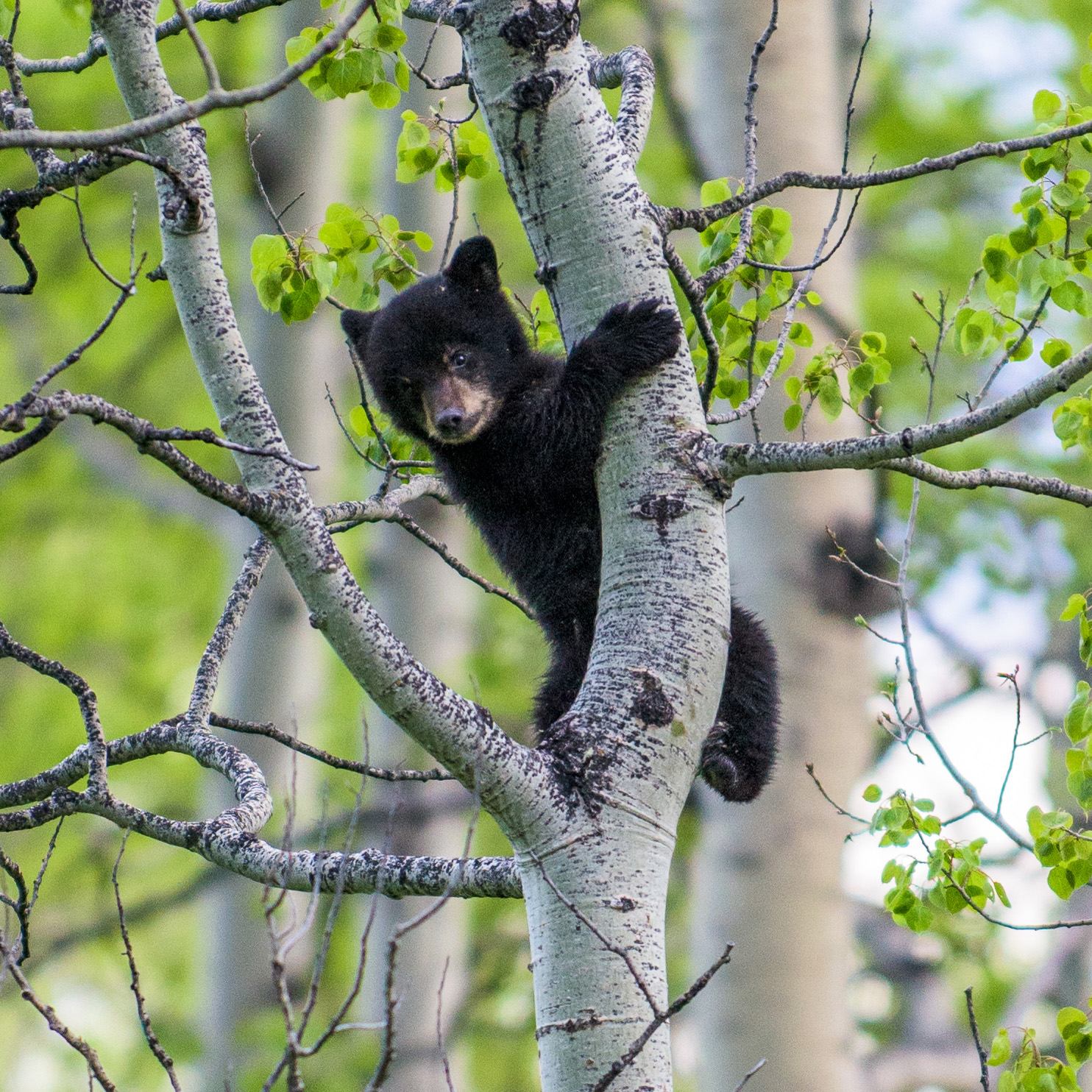
Did you know?
Nearly 80% of a bear's diet is fruits and vegetables, and they can eat up to 200,000 shepherdia berries a day. Coming across these bushes during berry season could mean bears are near.

Frequently asked questions
All sorts of wildlife can be seen year round, but if you want the best chance to see the most wildlife, animals are most active in the late spring, summer and fall, with fall providing an incredible backdrop for photography
Nope, but it is a good idea to check for any park closures or restrictions in the area you are visiting. Some trails require hikers to explore in larger groups, while other areas may close during migration, breeding or feeding seasons.
You can absolutely go on your own! As always, be smart during any animal encounters and you will have a great time. If you want to increase your chances of seeing wildlife, a guided experience is a great way to go.
Always remember that wildlife is wild. Feeding a wild animal is not only dangerous for you, but could also lead to human/animal confrontations in the future and the possible destruction of the animal.
If you see an animal while driving, only stop to take photos if it is safe to do so and there is room. Traffic jams caused by people stopping their cars to get out and view wildlife (sometimes called bear jams) can cause undue stress for animals trying to find food, as well as increase the likelihood of traffic accidents.
Be bear smart! Check out Alberta's bear safety resource for the latest tips on staying safe in bear country. Carrying and knowing how to use bear spray, making noise and hiking with groups will all reduce your odds of a negative bear encounter.
Many animals can be dangerous in the wrong situation. Yes, there are grizzly bears, cougars, wolves and more here, but the truth is that animal attacks are rare. Follow established rules regarding open food containers, give animals space and exercise common sense and you will have a great time in our wild spaces.
